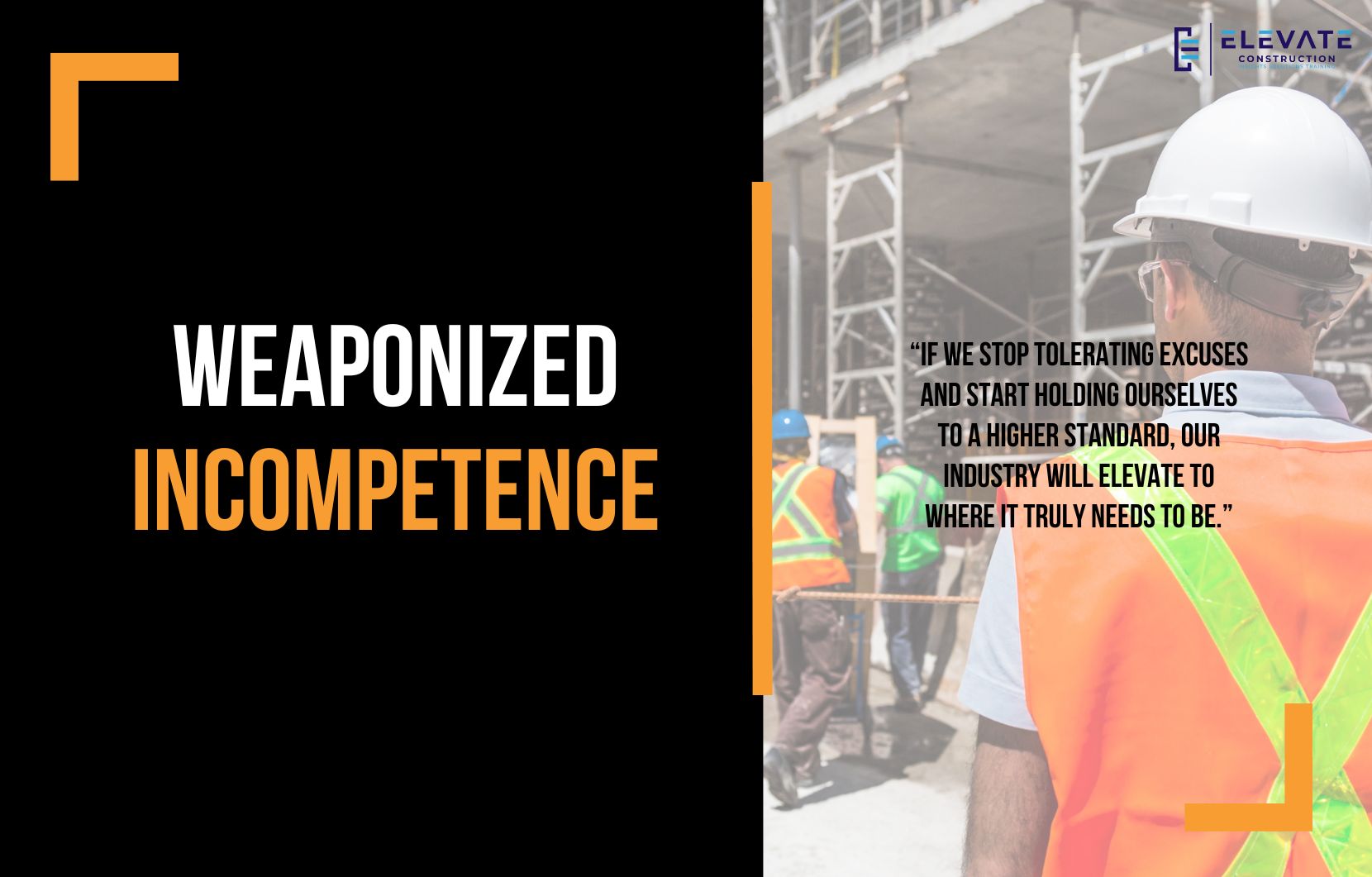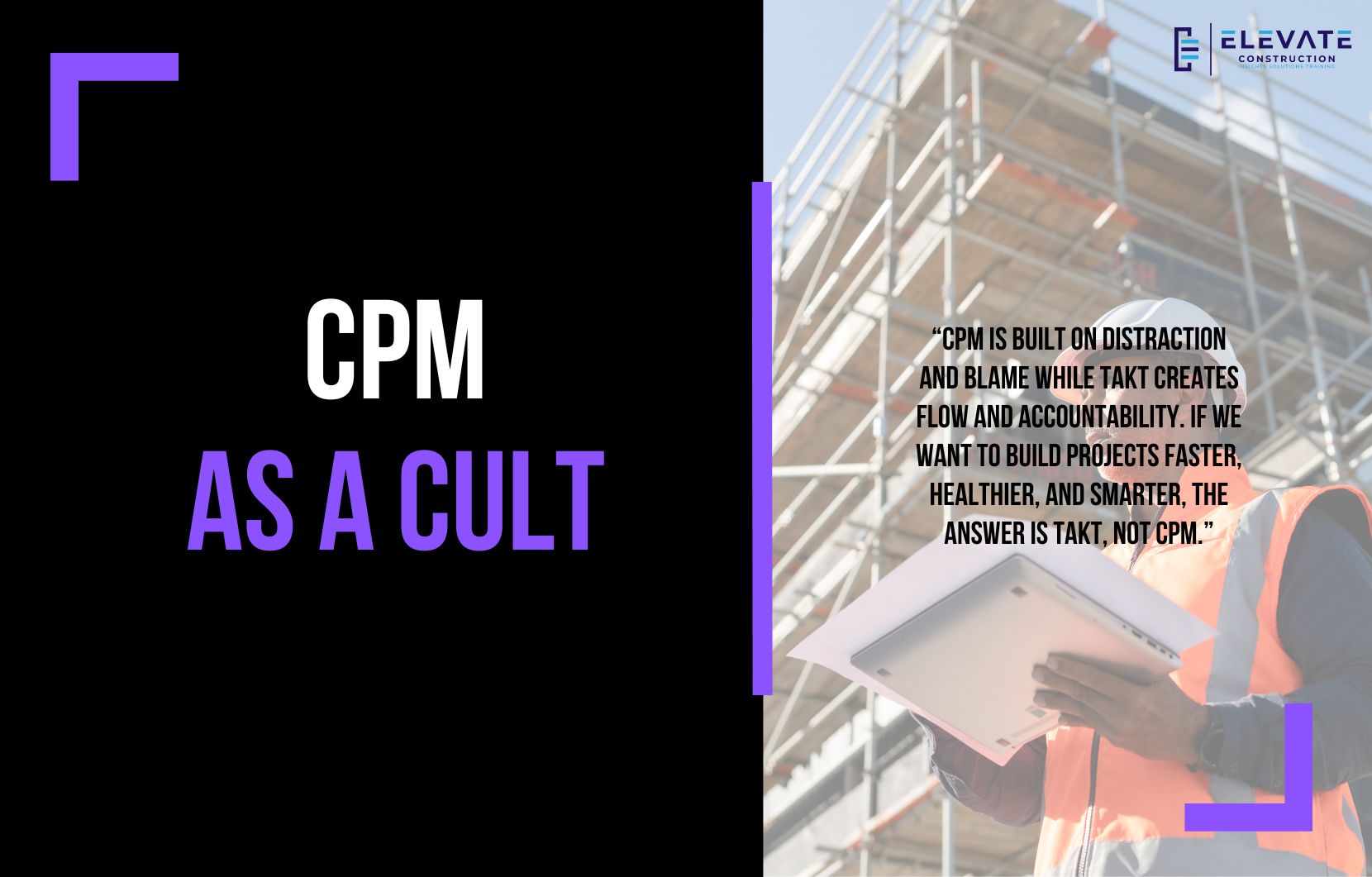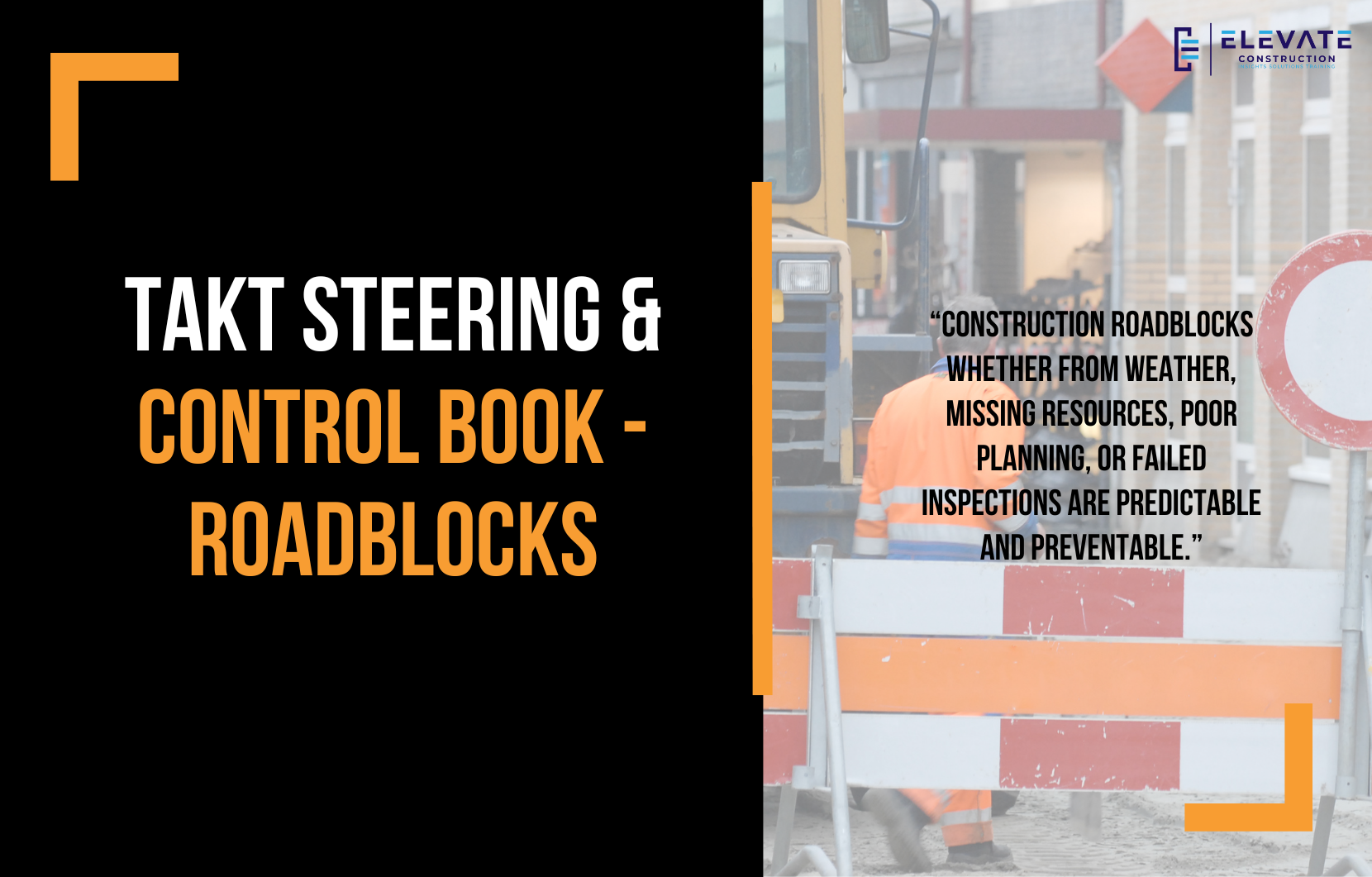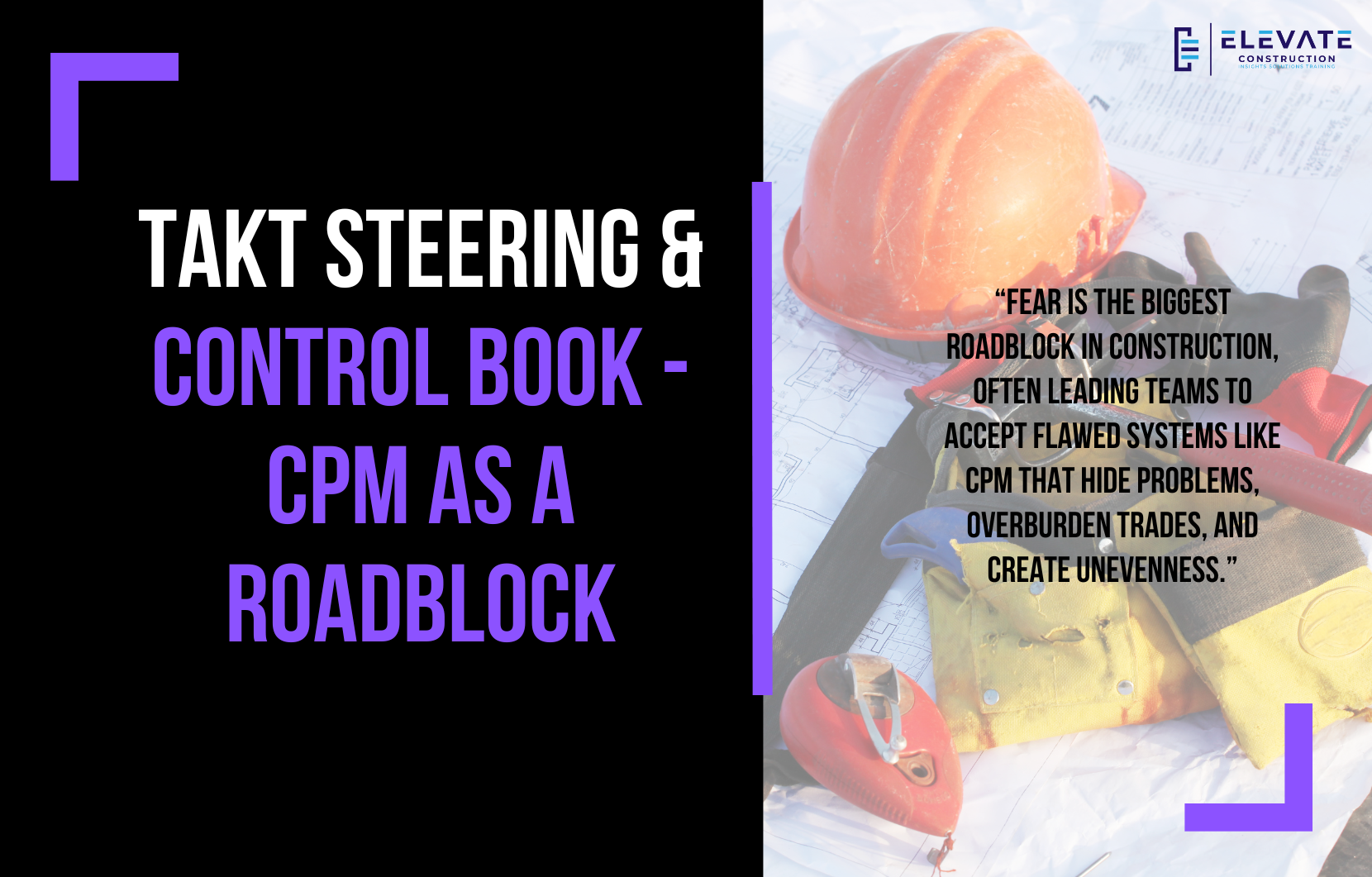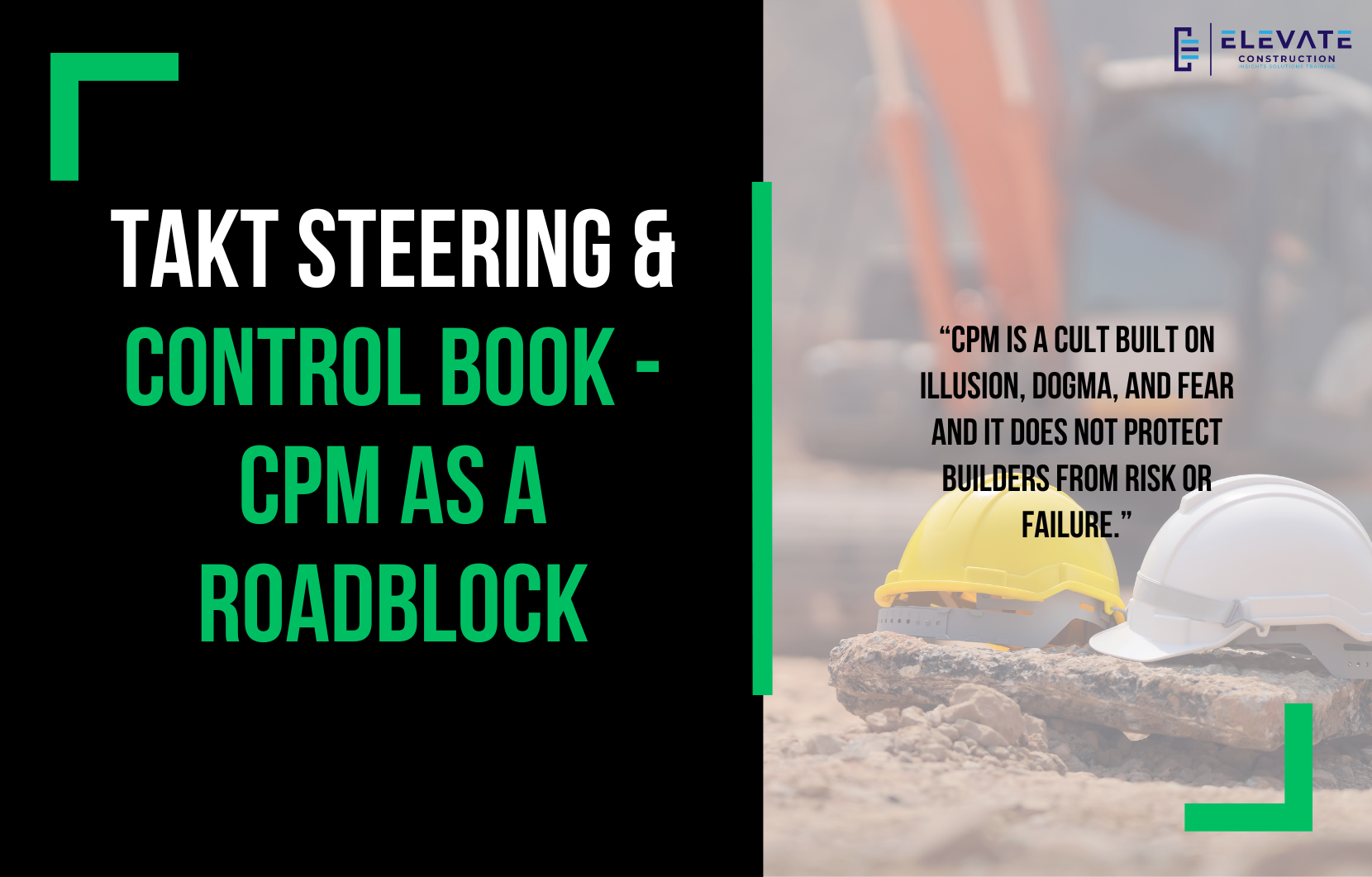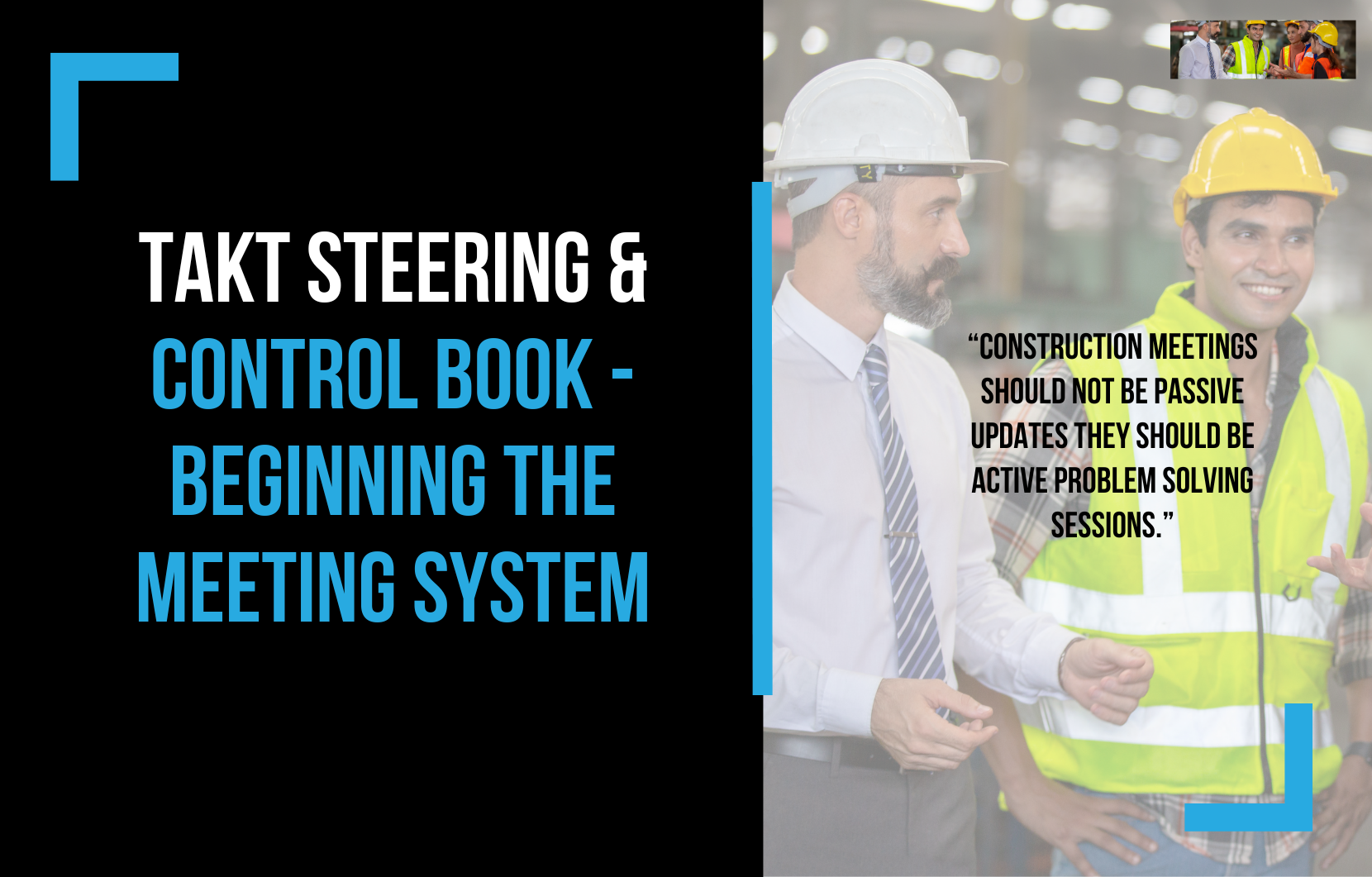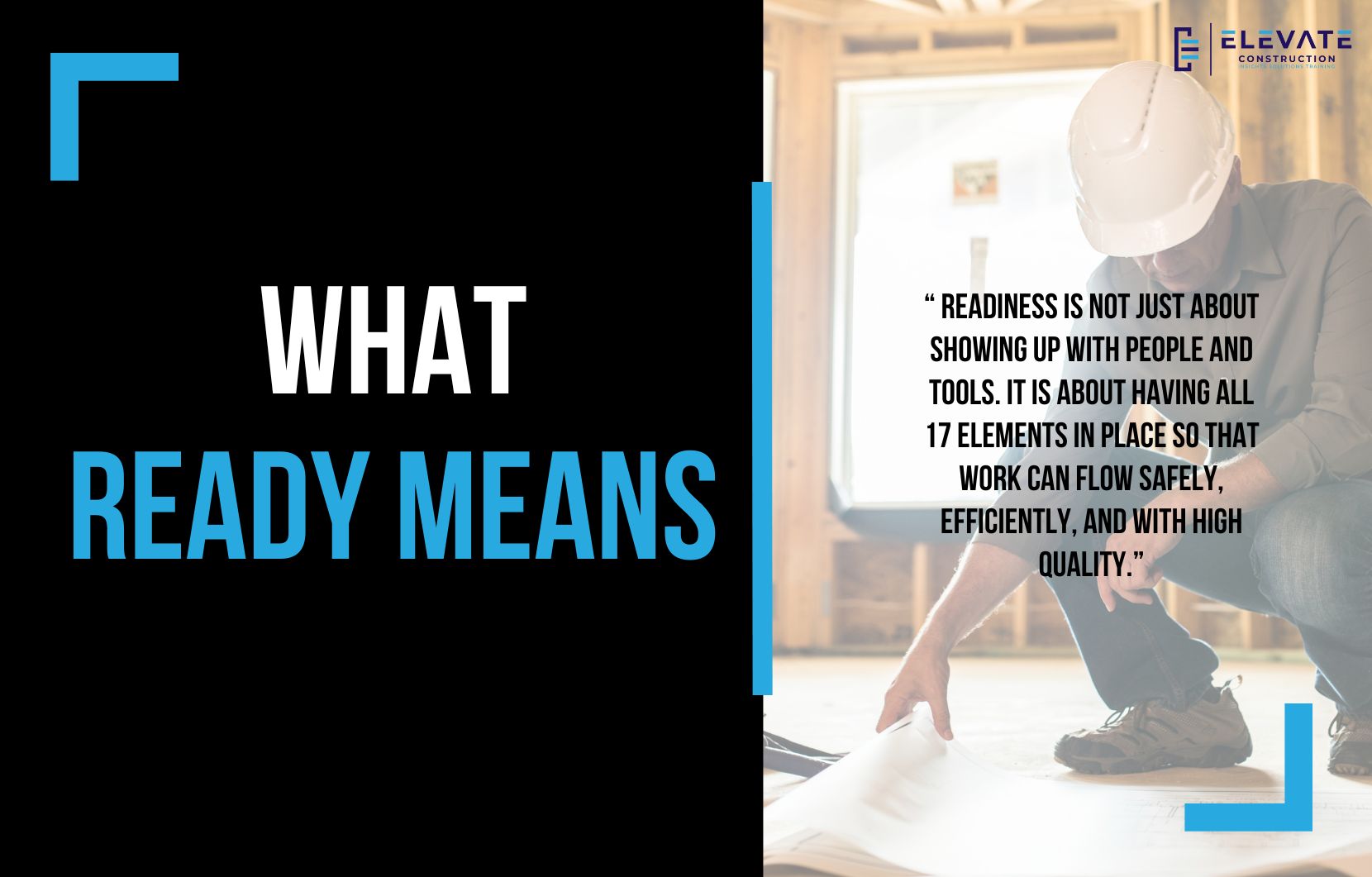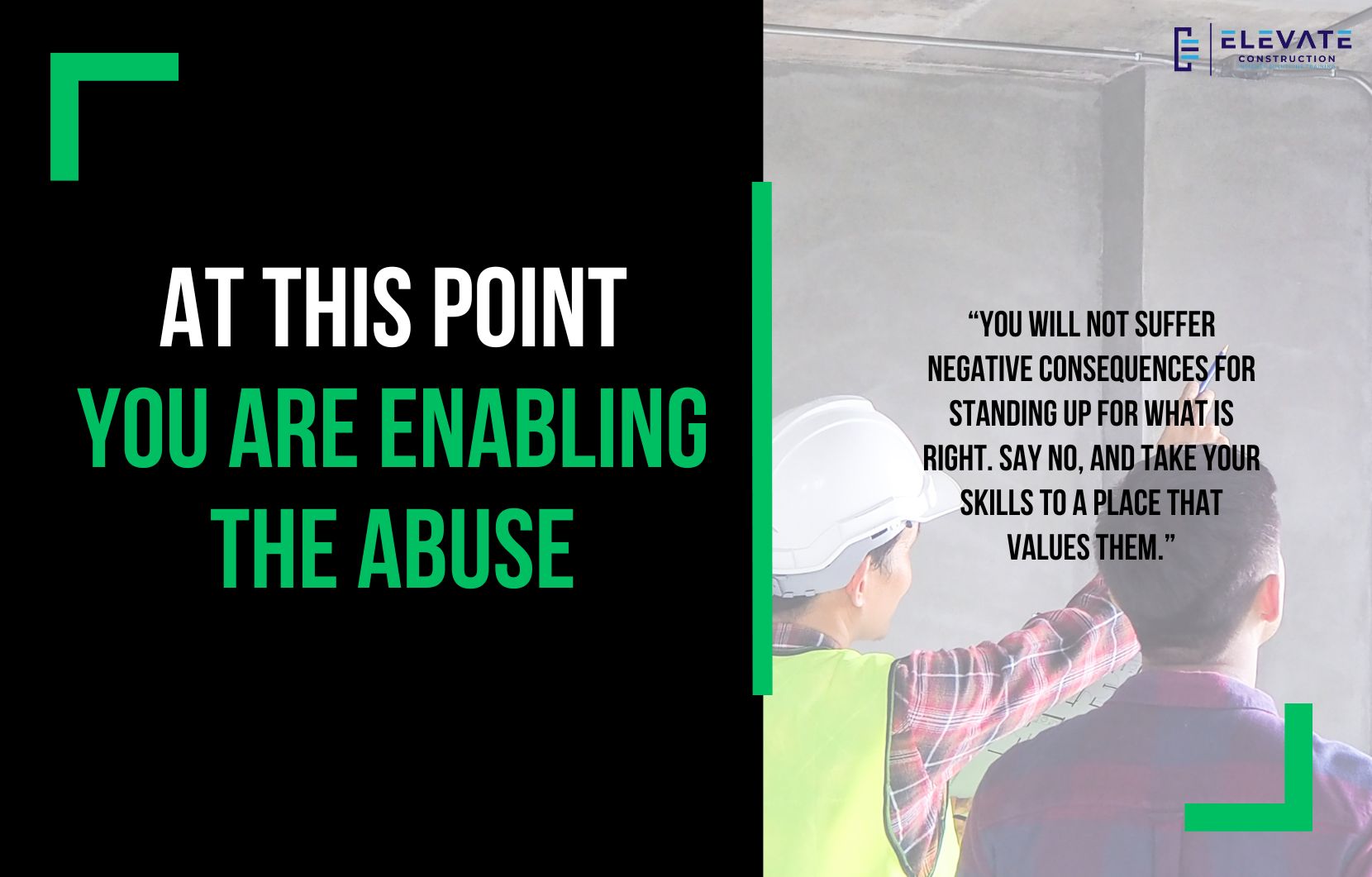It Has Always Been on the Trades
I want to share a realization that struck me recently, one that I believe has been overlooked for far too long. The truth is this: in construction, it has always been on the trades. Whether we dictated through command and control or tried to pass off responsibility in the name of collaboration, the burden has stayed on their shoulders.
Before I dive in, a few updates. Next week is Super PM Boot Camp and I am excited to welcome 32 participants in a brand-new facility in Phoenix, Arizona. I cannot wait to see the energy and collaboration in that space. Kate and I are also about 60 percent finished with the Takt Steering and Control book, which we aim to complete by the end of September. The work has been challenging but inspiring, and I know it will give builders something they can implement right away. On top of that, LeanTakt continues to grow. We have more than 50 people now, our marketing is strong, our graphics are sharp, and our integrator visits have been a success. Life feels good, and I am grateful for the momentum.
Now, let’s talk about the heart of this blog. In traditional command and control systems, general contractors dictated schedules to subcontractors, leaving the trades to carry the load. They were not treated as true partners. They were handed a plan and told to make it work. Naturally, the results were poor, so the trades would throw away the schedule and fall back on what they knew best. The system failed them, but they still carried the project forward.
The lean community has tried to fix this problem, but here is where I think we have missed something. When we implement the Last Planner System without addressing the deeper issue, the responsibility still sits with the trades. If I ask them to build a weekly work plan from scratch, to create look-aheads without flow, and then to spend hours coordinating trade to trade without rhythm or oversight from the general contractor, I have not truly helped them. I have just given them more work to do. It looks collaborative, but the burden is the same.
Think about it. We went from commanding them through CPM schedules that never worked, to now handing them the responsibility of planning everything for us. In both cases, they do the heavy lifting while we fail to lead. That is not partnership. That is still imbalance.
The solution is not more delegation. The solution is for general contractors to do their job. When we host a pull plan, build a takt plan, and filter look-aheads and weekly work plans directly from that plan, then we have done our part. That is when we reduce waste, create rhythm, and truly collaborate as one team. Only then are we sharing the load rather than disguising it.
This is a mindset shift. Meetings, for example, should not be judged by their length but by whether they accomplished their purpose. A plus-delta should not be reduced to “what did you like or not like,” but instead should measure whether the meeting fulfilled its intent. The same goes for Last Planner. Its purpose is to enable trades to execute short-interval work and learn together in a respectful environment. It is not meant to transfer the general contractor’s responsibilities over the wall.
When we miss the purpose, we misuse the tool. When we hold the purpose, we elevate the industry. That is why I say it has always been on the trades. Until we as general contractors step up, own our role, and lead with takt and Last Planner together, the trades will continue to carry a load that was never theirs alone.
Key Takeaway
It has always been on the trades, whether through command and control or poorly applied collaboration. Only when general contractors step up with takt and Last Planner together do we finally share the load as one unified team.
If you want to learn more we have:
-Takt Virtual Training: (Click here)
-Check out our YouTube channel for more info: (Click here)
-Listen to the Elevate Construction podcast: (Click here)
-Check out our training programs and certifications: (Click here)
-The Takt Book: (Click here)
Discover Jason’s Expertise:
Meet Jason Schroeder, the driving force behind Elevate Construction IST. As the company’s owner and principal consultant, he’s dedicated to taking construction to new heights. With a wealth of industry experience, he’s crafted the Field Engineer Boot Camp and Superintendent Boot Camp – intensive training programs engineered to cultivate top-tier leaders capable of steering their teams towards success. Jason’s vision? To expand his training initiatives across the nation, empowering construction firms to soar to unprecedented levels of excellence.
On we go


